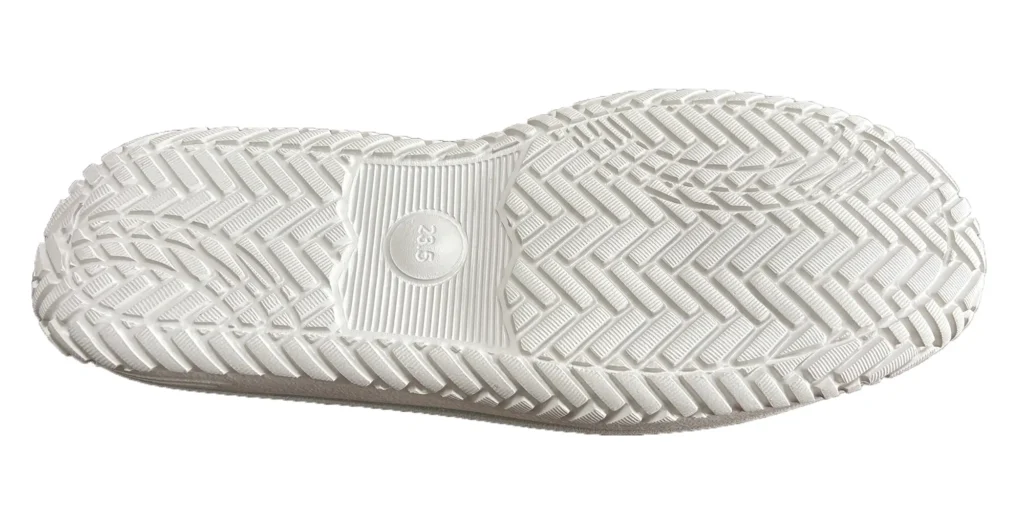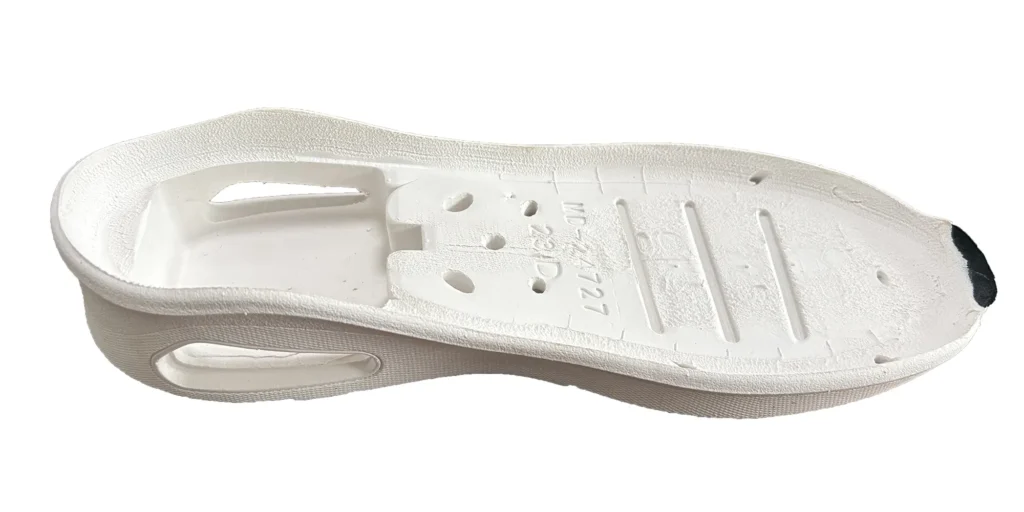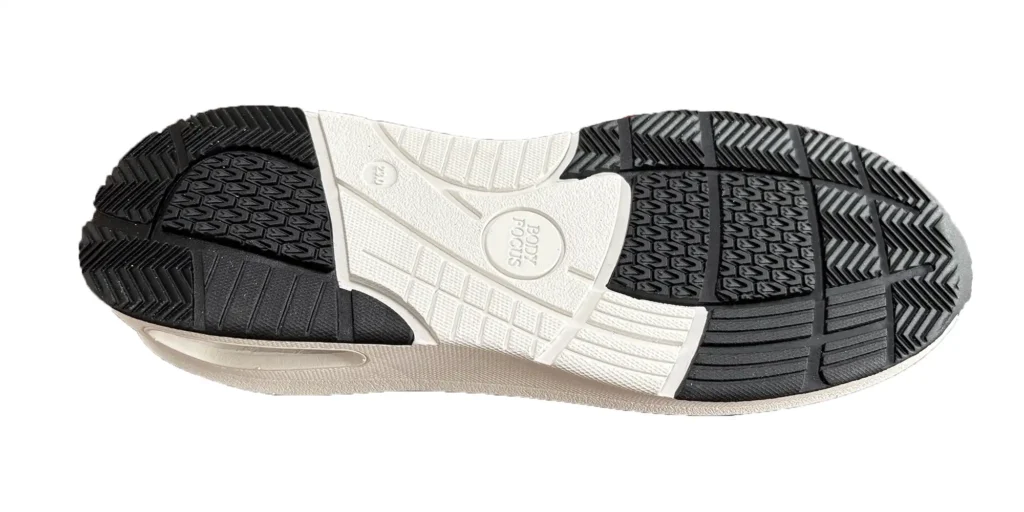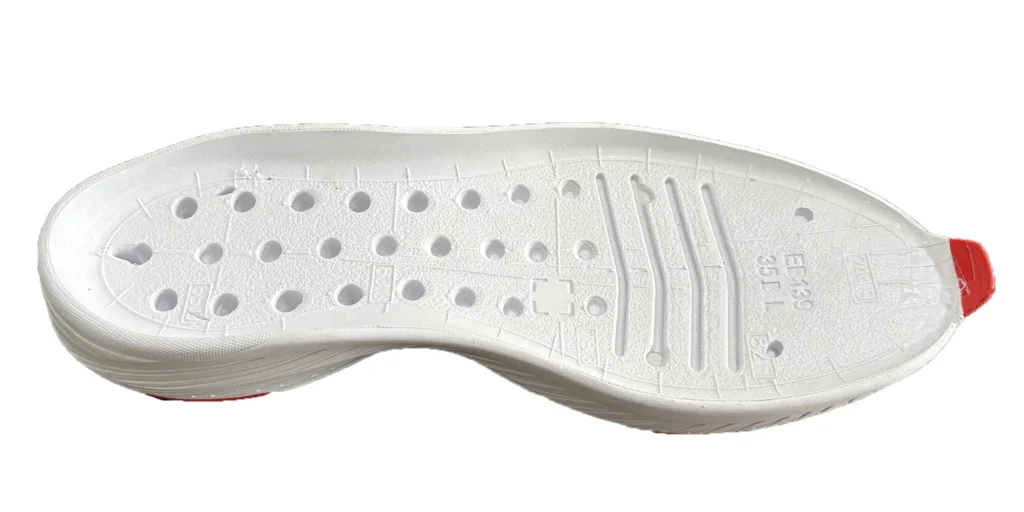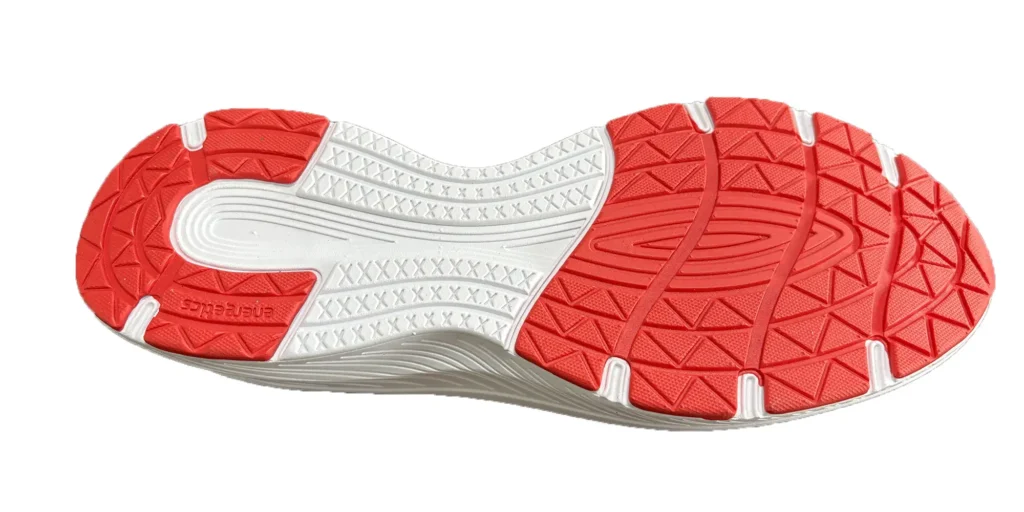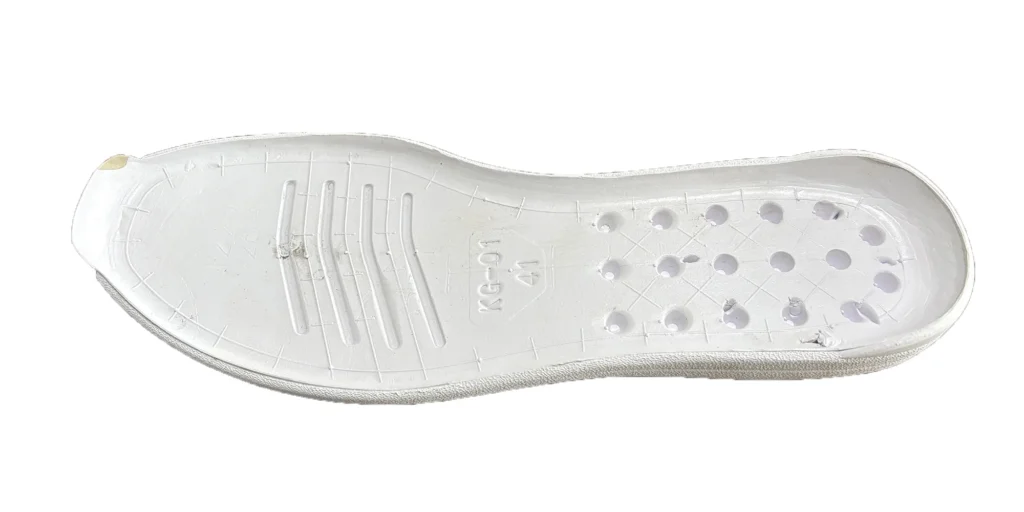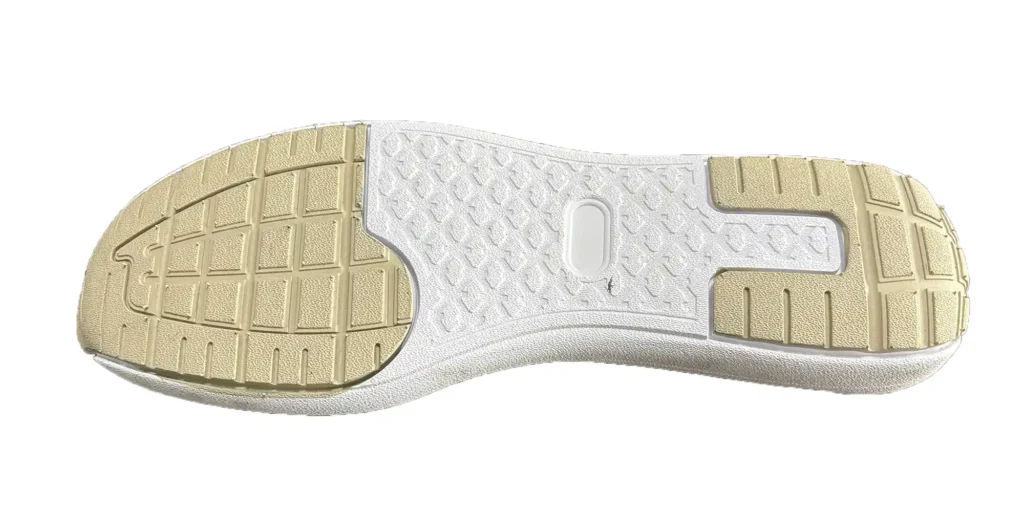Abstract
Emerging brands and innovative projects often face formidable obstacles due to the prohibitively high minimum order quantities (MOQs) of traditional manufacturing. Small-batch customized EVA midsole production presents the ultimate solution for overcoming these constraints. This comprehensive analysis explores the strategic advantages, operational workflows, critical considerations, and diverse applications of bespoke EVA midsole manufacturing. Discover how to acquire high-performance footwear components with unparalleled design flexibility, optimized costs, and accelerated timelines – enabling you to carve a distinctive niche in today’s hypercompetitive market landscape.
Core Content
In today’s footwear ecosystem – where hyper-personalization, rapid iteration cycles, and experiential storytelling dominate consumer preferences – independent designers and emerging brands face paradoxical challenges. While market opportunities abound for differentiated offerings, traditional EVA midsole manufacturing erects formidable barriers: excessive MOQs reaching tens of thousands, protracted lead times, and exorbitant mold costs that stifle innovation at its inception.
The emergence of sophisticated small-batch EVA midsole manufacturing solutions has fundamentally altered this paradigm. Far surpassing mere quantity reduction, this represents an integrated agile manufacturing framework meticulously engineered to accommodate specialized design specifications, functional requirements, budget constraints, and time-sensitive demands.
I. Strategic Advantages of Small-Batch EVA Midsole Customization
- Risk Mitigation & Capital Efficiency: Eliminate six-figure mold investments and inventory liabilities for unproven designs. Conduct market validations with precision-engineered batches (50-500 units) to gather consumer insights and refine product-market fit.
- Accelerated Time-to-Market: Streamlined production protocols compress development cycles by 60-70% versus conventional methods, enabling rapid response to fleeting market trends and seasonal opportunities.
- Unconstrained Design Innovation: Liberate your creative vision from generic molds. Achieve architectural complexity (multi-density gradients, geometric void structures), proprietary branding elements (custom logos, engineered textures), and biomechanical precision unavailable in standardized solutions.
- Agile Supply Chain Optimization: Seamlessly execute limited editions, collaborative releases, and community-specific products while maintaining granular demand responsiveness through iterative production waves.
- Advanced Material Experimentation: Pioneer next-generation formulations (bio-based EVA compounds, high-resilience polymers) and innovative processing techniques (supercritical foaming, hybrid material composites) without committing to mass-production volumes.
II. Implementation Methodologies
Small-batch manufacturing leverages cutting-edge techniques to circumvent traditional constraints:
Production Methodologies:
- CNC Precision Machining: Ideal for ultra-low volumes (<200 units) and exceptionally complex geometries requiring micron-level precision. Eliminates mold costs entirely through subtractive manufacturing from EVA billets.
- Advanced Rapid Tooling: Proprietary silicone/resin mold systems accommodate 300-3,000 unit batches with 80-90% cost reduction versus steel tools, delivering production-ready components within 7-15 days.
Material Engineering Capabilities:
- Dynamic Density Gradients: Precisely calibrated durometer ranges (40C-60C+) enable targeted performance zoning for energy return, impact attenuation, and longitudinal stability.
- Advanced Surface Engineering: Achieve proprietary colorways (Pantone-matched pigmentation), translucent effects, multi-material composites, and custom texturing solutions.
- Performance Enhancers: Incorporate specialized additives including UV stabilizers, hydrolysis inhibitors, and high-visibility compounds for technical applications.
Collaborative Workflow:
- Design Feasibility Analysis: Submit 2D technical drawings/3D CAD models for comprehensive manufacturability assessment
- Technical Proposal: Receive optimized production recommendations including material specifications, process engineering, and cost-structure transparency
- Iterative Prototyping: 1-3 refinement cycles addressing dimensional accuracy, ergonomic validation, and performance benchmarking
- Production Execution: Full QC documentation including material certifications, dimensional inspection reports, and performance testing data
III. Partnership Selection Criteria
Evaluate potential collaborators through these critical lenses:
- Technical Prowess: Demonstrated expertise in CNC machining, advanced rapid tooling solutions, and complex midsole geometries
- Material Science Capabilities: Established relationships with premium polymer suppliers and in-house compounding expertise
- Operational Velocity: Documented track record of <72-hour response times and accelerated prototyping cycles
- Cost Structure Transparency: Detailed line-item costing with volume-based pricing thresholds and no hidden fees
- Quality Assurance Protocols: ISO-compliant inspection regimens including Coordinate Measuring Machine (CMM) verification and density gradient mapping
IV. Transformative Applications
- Direct-to-Consumer Footwear Brands: Concept validation, seasonal capsules, collaborative releases
- Performance Equipment Specialists: Sport-specific solutions for cycling cleats, ski boot liners, and impact protection systems
- Medical Device Innovations: Custom orthotic components and rehabilitative support structures
- Smart Wearable Integration: Sensor-embedded intelligent footbeds and biomechanical monitoring platforms
- Academic Research Initiatives: Rapid prototyping for ergonomic studies and material science breakthroughs
V. Future Horizons
The convergence of Industry 4.0 technologies – including AI-driven generative design, automated post-processing systems, and distributed manufacturing networks – promises to further democratize access to sophisticated midsole solutions. Emerging developments in sustainable polymer science and digital inventory management will continue lowering barriers to market entry while elevating product performance benchmarks.
Small-batch EVA midsole manufacturing represents nothing less than a paradigm shift in footwear development. By eliminating traditional economies-of-scale constraints, this innovative approach empowers visionary creators to transform avant-garde concepts into commercial realities with unprecedented speed and precision. Those who master these methodologies will define the next generation of product excellence.
FAQ
Q1: What constitutes “small-batch” production volumes?
A: Operationally defined ranges:
- CNC Machining: ≥10 units
- Rapid Tooling: 100-3,000 units (technology-dependent)
Q2: Typical tooling costs and lead times?
A: Advanced rapid tooling: 500−500-500−2,500 (70-85% savings vs conventional tooling) with 7-21 day fabrication timelines
Q3: Cost-per-unit benchmarking?
A: Expect 30-50% premium versus mass-production equivalents, offset by:
- Eliminated inventory carrying costs
- Reduced capital risk exposure
- Accelerated revenue generation
Q4: Quality assurance benchmarks?
A: Compliant with ISO-9001 protocols including:
- Material traceability documentation
- Dimensional tolerance verification (±0.3mm)
- Density consistency testing (±3% variation)
Q5: Strategic selection framework?
A: Implement decision matrix evaluating:
- Brand differentiation requirements
- Technical performance thresholds
- Capital allocation strategies
- Market positioning timelines
WELLE Trade has over 20 years of experience in the production and processing of PE/EVA/TPE foams, so you may want to consult with them if you have any sourcing needs.
